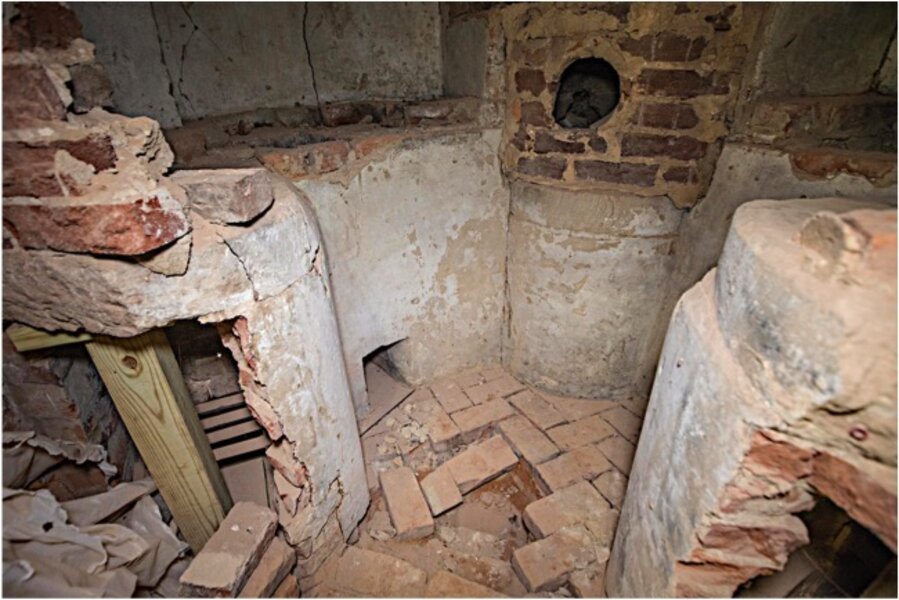What can a newly discovered lab teach us about Thomas Jefferson?
Workers renovating the University of Virginia Rotunda found a forgotten chemistry lab partly designed by Thomas Jefferson, which provides insight into the teaching of chemistry at the time.
Jefferson, the university's founder, agreed to the lab because professor John Emmet said the students needed to do their own experiments, not just watch him, the Dispatch Tribunal reported. The nation's third president specified the lab's placement on the ground floor so that water would be easily accessible for experiments because he recognized the unique needs of a science lab, according to a University of Virginia release.
Mr. Jefferson is of course known as a statesman and writer, but the directives he gave for the lab reveal his concern for the natural sciences, as he specified size and location for the lab.
"For the Professor of Chemistry, such experiments as require the use of furnaces, cannot be exhibited in his ordinary lecturing room," he wrote in an April 1823 letter, according to a University of Virginia news release. "We therefore prepare the rooms under the oval rooms of the ground floor of the Rotunda for furnaces, stoves &c. These rooms are of 1,000 square feet area each."
The lab offers a sense of how chemistry was taught in the early days years of the United States. The main brick hearth would have had two fireboxes, one for wood and one for coal, and was for demonstration purposes by the professor.
"The experiments would be done at the higher level where the stone is almost like a counter top, there may have been an iron plate or grill there," Matt Schiedt, who is managing the project to renovate the University of Virginia Rotunda as part of John G. Waite Associates Architects, told the Charlottesville Newsplex.
The students would have used portable hearths for their own experiments, Brian Hogg, historic preservation planner for the University of Virginia, said in a release. Underground brick tunnels supplied the fires with fresh air and allowed fumes to escape.
"It was during the period where chemistry was beginning to be taught and people were starting to do more experiments," Mr. Schiedt told the Charlottesville Newsplex. "It's very unique because there's certainly documentation that there were chemical hearths like this in other places, especially in Europe, but they are all mostly destroyed."
The university moved students to a new chemistry lab in the 1840s. The lab's brickwork protected it from a fire in 1895 and renovations to the university in the 1970s, the Charlottesville Newsplex reported.







